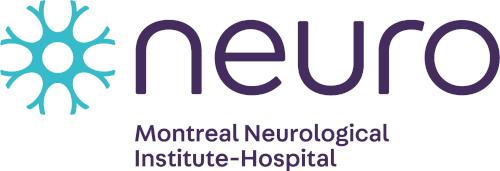 |
 |
 |
 |
 |
 |
The Drug Discovery Unit at the University of Dundee identifies new N-myristoyltransferase inhibitors as leads to treat sleeping sickness
 "Sleeping sickness", also known as human African trypanosomiasis, is responsible for approximately 30,000 deaths each year and 70 million people are at risk of infection, as estimated by the World Health Organization. The parasite that causes this disease is predominantly found in the developing world, and - like many other ‘neglected diseases’ - there is a shortage of inexpensive, efficacious drugs available to combat this illness.
"Sleeping sickness", also known as human African trypanosomiasis, is responsible for approximately 30,000 deaths each year and 70 million people are at risk of infection, as estimated by the World Health Organization. The parasite that causes this disease is predominantly found in the developing world, and - like many other ‘neglected diseases’ - there is a shortage of inexpensive, efficacious drugs available to combat this illness.
A new study led by Professors Julie Frearson and Paul Wyatt, in collaboration with the SGC, describes the discovery of an inhibitor of N-myristoyltransferase, the enzyme that covalently links myristic acid, a fatty acid, to specific proteins to ensure that they are localized to the cellular membrane. The authors show that this inhibitor leads to rapid killing of trypanosomes both in vitro and in vivo and cures trypanosomiasis in mice.
The results of the research were recently published in the journal Nature, which also highlighted the article in the News & Views section.
"These exciting developments are only the first of many that I expect from our collaboration with the Drug Discovery Unit at the University of Dundee." said Dr. Raymond Hui, Principal Investigator at the SGC who conducted the structural analysis and characterization of the biological targets. "Through our commitment to place all our results into the public domain immediately and without restriction, we were able to help the Dundee team discover and validate a very promising lead."
"Our funders from the public and private sector supported this project for years and we are delighted to see it come to fruition." says Professor Aled Edwards, Chief Executive at the SGC. "This is a positive step for open access science".
Since there are so few treatments that are available to treat this disease, the authors hope that an optimized version of this compound - or other inhibitors that selectively target this enzyme - could be developed, potentially generating inexpensive treatments for people infected with African trypanosomiasis in the developing world.
Sources: Nature and the SGC
- Read the article in Nature
- Read the highlight of the article (written by Prof. George Cross)
- Read more about the structures: 3H5Z, 3IU1, 3IU2, 3IWE, 3JTK
- World Health Organization fact sheet about African trypanosomiasis
- BBC
Image credits: Public Health Image Library (CDC - http://phil.cdc.gov) and the SGC.
